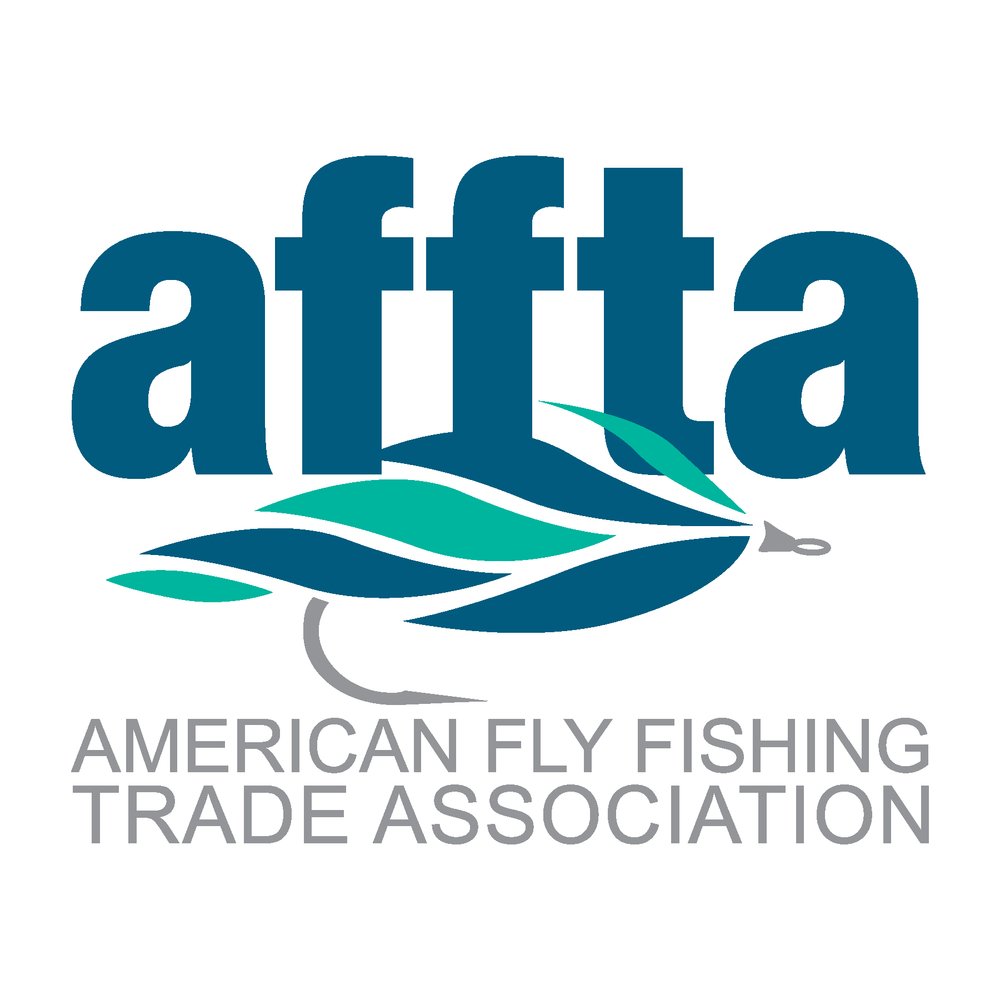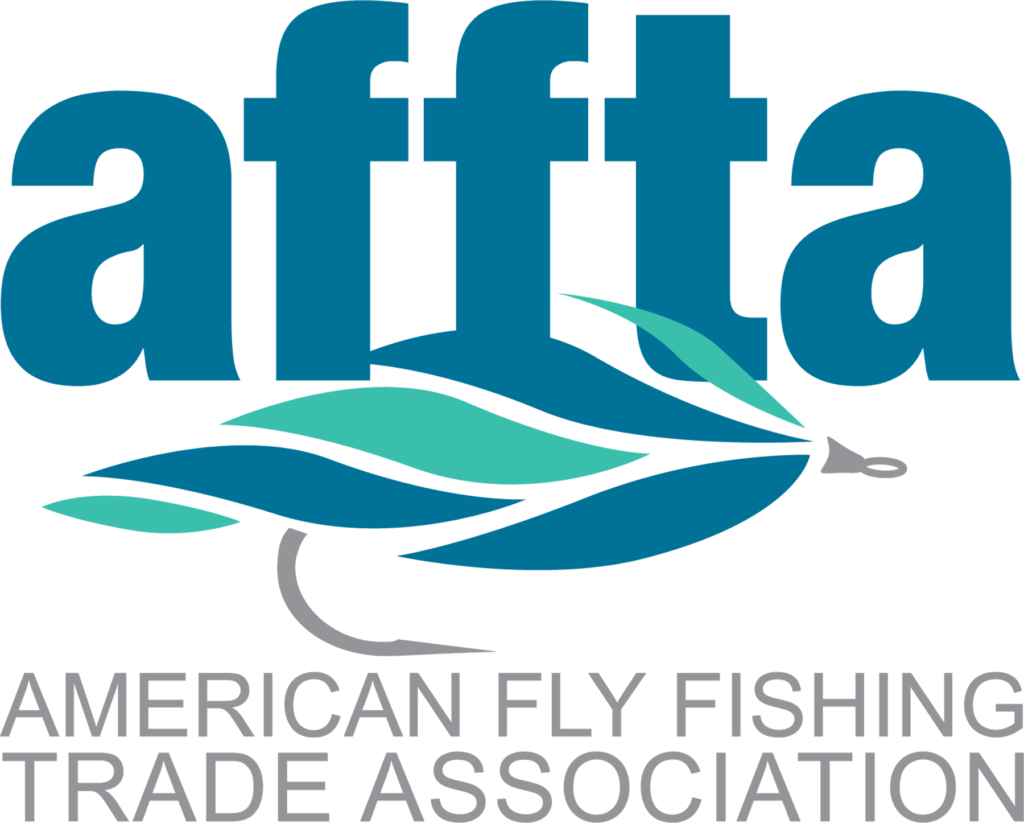PFAS and the Fly Fishing Industry
By James Pollack, Senior Associate, Marten Law PFAS, or per- or polyfluoroalkyl substances, are a group of nearly 15,000 synthetic “forever chemicals” that are used in a variety of consumer and industrial applications to resist extreme temperatures, decrease friction, and repel grease, water, and stains. Outdoor apparel and equipment companies have traditionally used PFAS to manufacture rain jackets, tent flies, waders, water resistant hiking boots, fishing line, water resistant bags, metal coatings, and durable climbing ropes. A combination of scientific research, consumer advocacy, media coverage, litigation, retailer sustainability requirements, and regulations have led many companies in the fly fishing industry to examine the uses of PFAS in their value chains. Consumer product manufacturers, distributors, importers, and retailers alike have a list of upcoming PFAS-related regulatory deadlines coming up, including reporting and labeling requirements as well as bans on the sale of products containing PFAS. This blog post provides a snapshot of the considerations a brand or retailer must make as it navigates the growing list of regulations surrounding PFAS. States across the U.S. have adopted regulations targeting the use of PFAS in consumer products. Generally, these regulations target a category of products. For one example, California prohibits the manufacture, distribution, sale, and offer for sale of “textile articles” that contain regulated PFAS beginning January 1, 2025. A highlighted subset of these regulations relevant to the fly fishing industry is depicted on the map below: Several of the states that have regulated textile articles have adopted limited extensions for outdoor apparel for severe wet conditions. In California, that limited extension to January 1, 2028 for “outdoor apparel for severe wet conditions” covers “outdoor apparel that are extreme and extended use products designed for outdoor sports experts for applications that provide protection against extended exposure to extreme rain conditions or against extended immersion in water or wet conditions, such as from snow, in order to protect the health and safety of the user and that are not marketed for general consumer use.” Any products under that designation must be “accompanied by a legible and easily discernable disclosure with the statement ‘Made with PFAS chemicals,’ including for online listings of products for sale.” Along with those above-described regulations, there are several state regulations that cover all products. These include a reporting requirement in Minnesota that covers all products starting January 1, 2026, and bans on sale of any products containing PFAS in Minnesota and Maine starting January 1, 2032. These two states may represent the leading edge of a growing trend of PFAS phase out across all products. Meanwhile, at the federal level, the U.S. Environmental Protection Agency (EPA) has adopted a one-time reporting requirement for per- and polyfluoroalkyl substances (“PFAS”) manufactured or imported between January 1, 2011 and December 31, 2022. It includes coverage of imported articles containing PFAS. Reporters must submit information “known or reasonably ascertainable” to them regarding the reportable data. To meet that standard, they must perform due diligence in an attempt to collect the information required. That due diligence may include consultation with suppliers for information. The standard manufacturer reporting form for manufacturers and importers of PFAS requires reporting a large quantity of information including chemical identity information, health and safety information, and disposal information. The article importer form seeks a more streamlined set of information in light of importer supply chain complexities. Depending on your company’s particular operations, you may be able to use a different form, or you may have additional time to conduct your reporting. Reporters may use multiple forms as relevant to their streams of business. Each potential reporter should consult with legal counsel to determine the extent of their obligations under this most recent rule, and whether any alternative reporting methods apply. The following categories of reporters are based on the type of reporting form that the reporter must file: Manufacturers: Applies to the manufacture or import of PFAS chemical substances and mixtures, as well as PFAS that are produced coincidentally to the manufacturing processes, such as byproducts R&D Manufacturer: Applies to manufacturers of PFAS for commercial purposes that are solely research and development substances manufactured or imported in volumes not exceeding 10 kg/year. All R&D manufacturers have the option to use a streamlined reporting form. Article Importer: Applies to the importers of articles containing PFAS. Provides the option to use a streamlined reporting form. Importers of chemical substances that are PFAS do not have the option of using the streamlined reporting form and will be treated as manufacturers. Small Article Importer: Applies to persons who solely import articles containing PFAS who either (1) have total annual sales, when combined with those of its parent company, of less than $120 million and imports less than 45,000 kg (100,000 lbs) or (2) has total annual sales, when combined with those of its parent, of less than $12 million, regardless of importation volume. Small article importers have a six month extended deadline to submit required information. EPA has delayed the PFAS Reporting Rule implementation—but that delay is only temporary. The standard submission period will open July 11, 2025 and close January 11, 2026. Once collected, this will be the largest dataset on the use of PFAS in products ever compiled. In the face of such fast regulatory developments, it can be challenging to decide on next steps. You may consider the following: Assemble a team—designate an internal team to effectively tackle the PFAS phase-out and consider external resources to support those efforts. Track PFAS regulatory developments—work to stay up to date on the regulatory horizon and align your product development cycle to meet key deadlines. Partner with your value chain—there is a good chance your suppliers are already addressing similar requests to phase out PFAS from other brands and distributors. Develop a compliance plan—PFAS is only the most recent set of chemicals of concern, consider designing a replicable and adaptable compliance plan to deal not only with PFAS, but with the next sustainability challenge. Draw on expertise in the industry—brands, distributors, and retailers are working to identify PFAS in their supply chains, you can learn from those efforts in collaborative settings like the upcoming Confluence. Confluence – https://members.affta.org/events/Details/confluence-nola-2024-1125121?sourceTypeId=Website PFAS Deskbook - https://www.eli.org/eli-press-books/pfas-deskbook EPA Rulemaking - https://www.epa.gov/assessing-and-managing-chemicals-under-tsca/tsca-section-8a7-reporting-and-recordkeeping AFIRM - https://afirm-group.com/pfas-phaseout-guidance/ Patagonia - https://www.patagonia.com/stories/a-strong-finish/story-133800.html
PFAS and the Fly Fishing Industry
What they are, and how they impact your business
PFAS and the Fly Fishing Industry

Introduction to PFAS
State Regulations

Federal Regulations

Next Steps
Resources
Images


Images


